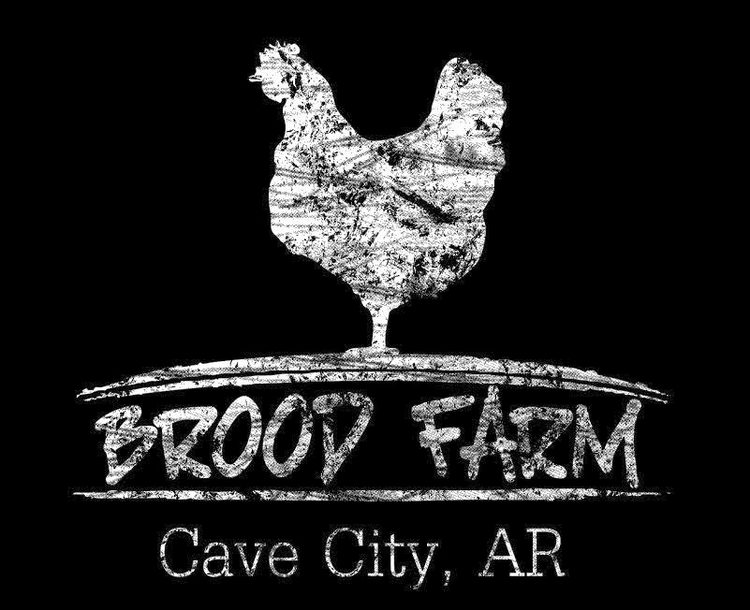So, it turns out that in order to maintain one dairy goat, we really need to have 5. Here's our thought process. . . .
We decided that we wanted a milking doe. Enter Goat #1, Razz, a 2-year-old doe that is currently in milk.
Well, a milking doe is a milking doe because she has just had a kid. Who would want to separate them? Enter Goat #2, Razz's adorable fawn-colored doeling.
Also, goats are very social creatures that will whine when lonely. And, apparently a goat doesn't really consider it's own baby much of a companion. Enter Goat #3, Speck, a 1-year-old doe who will serve as Razz's companion and be a potential milker next year..
Speaking of breeding . . . a milking doe will only be in milk for 9-10 months before she dries up. In order for her to be in milk again, she must be bred. Artificial insemination is costly and unpredictable in goats. And, goat breeders are very particular about allowing animals from other herds (and their potential diseases and parasites) onto their farms for breeding. So, it looks like we need a buck. Enter Goat #4, a buckling that will be old enough to breed by fall.
But, bucks are stinky creatures. And, they can't be kept with the ladies year-round. So, poor Mr. Buck must be kept in a separate pen. But, remember, they are social creatures, so he can't be alone out in the field. Enter Goat #5, a wether (or neutered male), to serve as the buck's companion.
So, our quest to bring home a dairy goat actually means we'll be bringing home a small herd. They should be here in a couple of weeks. Keep checking in for updates. :)
We decided that we wanted a milking doe. Enter Goat #1, Razz, a 2-year-old doe that is currently in milk.
Well, a milking doe is a milking doe because she has just had a kid. Who would want to separate them? Enter Goat #2, Razz's adorable fawn-colored doeling.
Also, goats are very social creatures that will whine when lonely. And, apparently a goat doesn't really consider it's own baby much of a companion. Enter Goat #3, Speck, a 1-year-old doe who will serve as Razz's companion and be a potential milker next year..
Speaking of breeding . . . a milking doe will only be in milk for 9-10 months before she dries up. In order for her to be in milk again, she must be bred. Artificial insemination is costly and unpredictable in goats. And, goat breeders are very particular about allowing animals from other herds (and their potential diseases and parasites) onto their farms for breeding. So, it looks like we need a buck. Enter Goat #4, a buckling that will be old enough to breed by fall.
But, bucks are stinky creatures. And, they can't be kept with the ladies year-round. So, poor Mr. Buck must be kept in a separate pen. But, remember, they are social creatures, so he can't be alone out in the field. Enter Goat #5, a wether (or neutered male), to serve as the buck's companion.
So, our quest to bring home a dairy goat actually means we'll be bringing home a small herd. They should be here in a couple of weeks. Keep checking in for updates. :)





